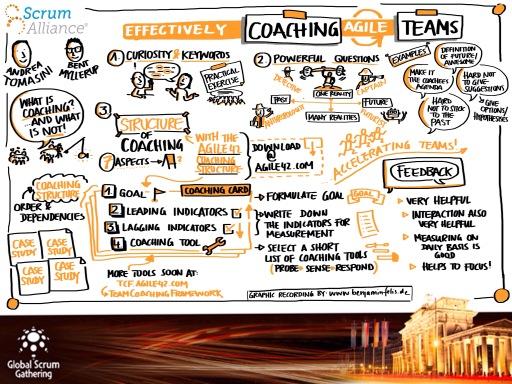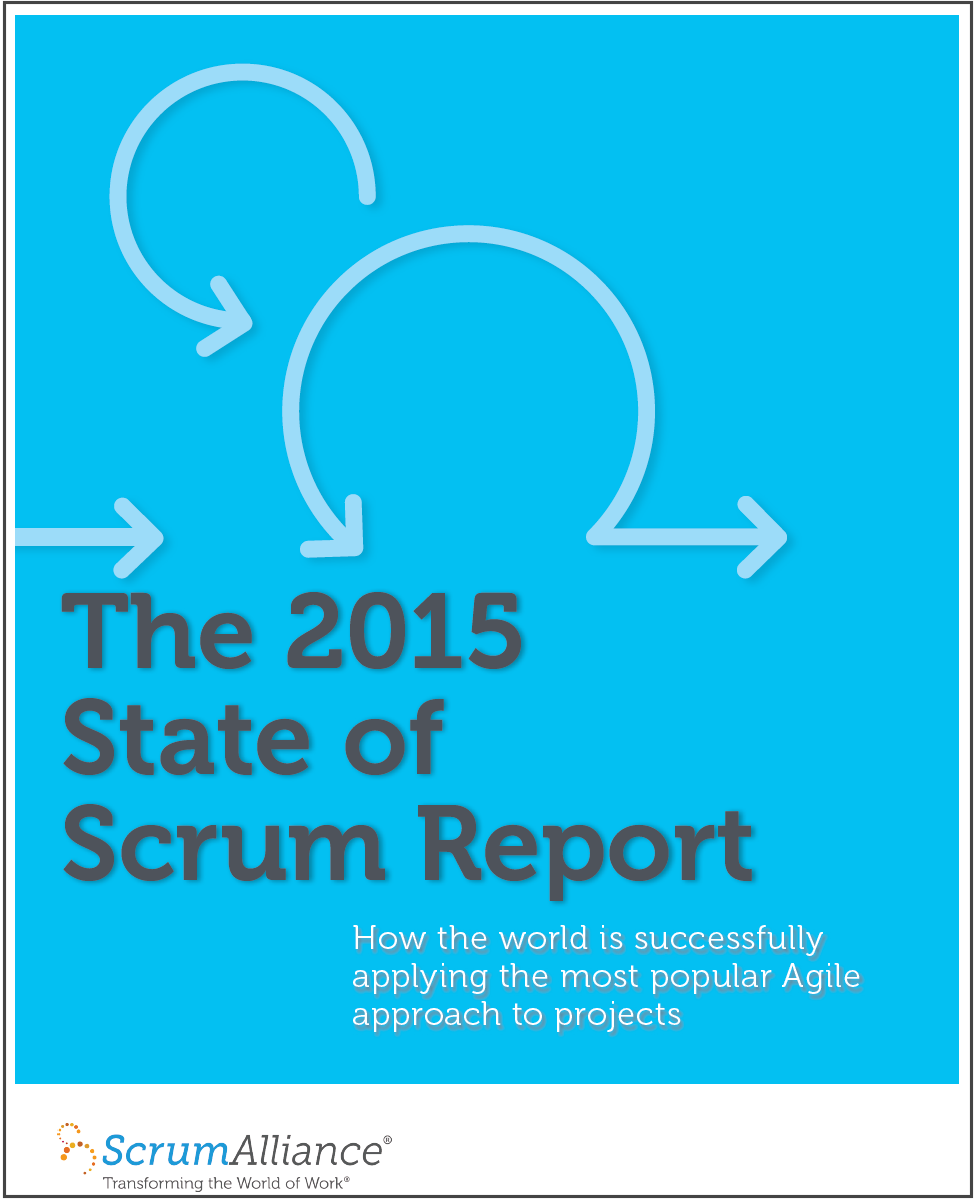“To end human suffering as it relates to technology” – The software industry has done a huge disservice to its users, by assuming that they are not as competent as the people who built these products. The success of “… for Dummies” series of books is proof and unfortunately also acceptance of this belief. The greater purpose that Richard Sheridan and James Goebel are chasing has taken decades for them to practice, in their journey many have joined, left and then some joined again (‘boomerang Menlonians’) at Menlo Innovations. The company is driven by a higher purpose that challenges common assumptions that we have taken for granted and explicitly pursues “joy” for the users that use software products developed at Menlo Innovations. Apple and other companies have proven the value of “experience” and the economic benefit of selling “self-expression”. This attachment of personal expression to the products we use is nothing new; for ages people have used artifacts and trinkets that have served as medium of expression of our identities. Our notions of software systems and their utility is firmly rooted in its efficient functional utility. Perhaps in the days of limited memory and low level programming languages, this may have been the need of the times – to complete account balance transactions for all account holders overnight. We have clearly outgrown our expectations of and from software products. It is no wonder that products that delight are winning our hearts and our money.
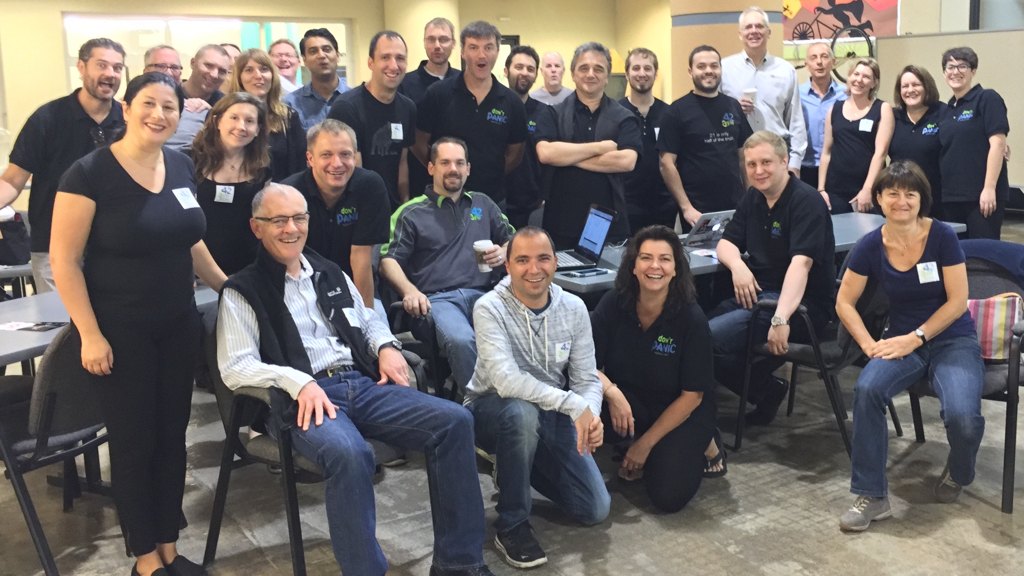
This pursuit to end human suffering for users of products developed at Menlo, has extended into “the software factory” that is Menlo Innovations. It is so strange to hear about the physical space where Menlonians work to be described as a Factory. My notions of a factory implants an image of oppressive management and underperforming work force, continuously in a struggle within a de-humanized, mechanical environment. One would expect to see pursuit of ruthless efficiency, but instead there is active pursuit of “joy” in a systematic, methodical manner. During our visit it was obvious, I felt it – the culture. Living, breathing, morphing, taking shape in the form of experiments that are continually attempted here. The high degree of engagement from Menoloians working in pairs, or more like teams made up of pairs, creates this industrial hum. Much like, one does not ever say “lazy bee”, you would never say “disengaged Menlonian”. Gallup polls have steadily charted employee engagement via surveys, reporting 68.5% of employees are either “actively disengaged” or “not engaged”. Discovering a factory of engaged people was, well, a joy to watch.
Is there such thing as continual joy? Could one perpetually be in a state of joy? Of course not. The joy is in the fight. A good fight. A fight worth taking on. For Menlonians this is to end human suffering as it relates to technology. In the use of products developed at their software factory. I strongly contend that it is their “Greater Cause” that has given birth to their culture and it is this constancy of purpose over the last 15 years, that has defined and shaped their culture. This “greater cause” is the drive, the fight, that continues to breathe life into what we experienced for a day at Menlo.
It is too simplistic to take a look at Menlo and describe it in terms of its practices such as pair-programming, strict 40-hour work weeks, babies in the workplace and the oft-heard “hey Menlo … ?” questions. Describing it in term of patterns, such as visual and tactile information radiators, is equally naive. It is similar to having seven blind people feel different parts of the elephant and miss the majestic beauty of the being. There is much at play, more than what any human or any erudite committee of experts can ever comprehend. One would never describe oneself by the clothes (s)he wears, the artifacts (s)he possesses, the house (s)he lives in, the people (s)he befriends. All these are extensions of choices manifested through what is visible. While these practices and patterns give form to what is understandable, there is much that is ephemeral, this effervescent essence escapes recognition, yet it can be felt. Is this what we call culture?
Every body works in pairs. This is the norm at Menlo, when it comes to its development and test teams. While other roles, such as Project Managers & HTA (High Tech Anthropologists)s do not always pair. It is an explicit rule at Menlo that no one can write a single line of production code alone. Only a pair – two people working as one unit – is allowed to write production code. This simple rule, sends a strong message – “You are not alone.” This simple rule explicitly builds “help” into its organizational DNA.
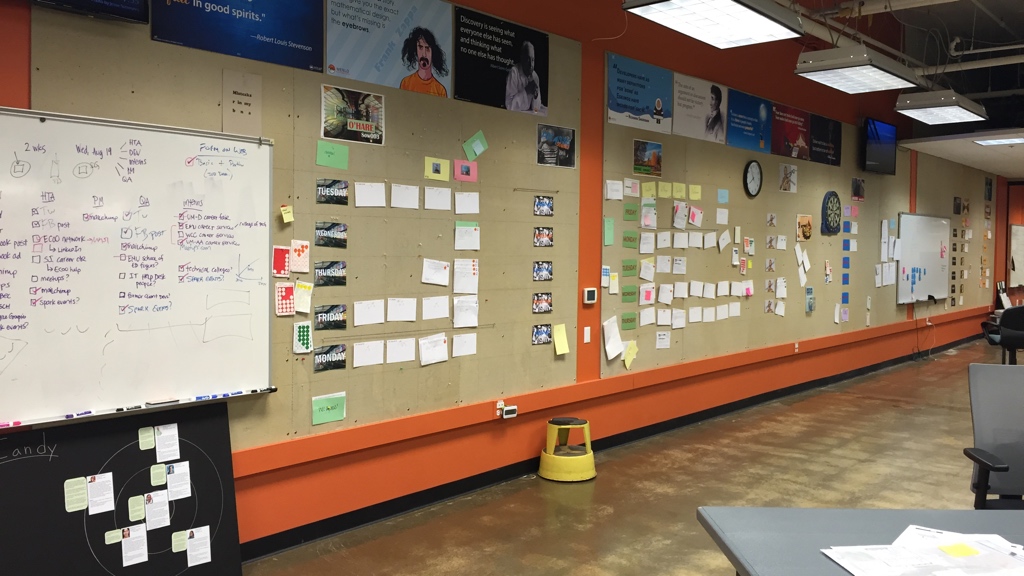
Through their Extreme Interviewing process, Menlo selects people who are good at the Kindergarten skills of being able to share, care and play with others. This self-selection of people with like inclinations strengthens their core culture. Folks that make it through the interviewing process, which includes a group interview (in pairs, of course) followed by both a 1-day trial and a 3-week trial, have been through the experience of being a Menlonian prior to making a long-term commitment. Both parties, the company and candidate-employee are in a dating period, gradually increasing inter-personal involvement. The company has about 20-30 developers that work in pairs. The pairs are assigned by a Project Manager. These pairs float between various client projects. This communal handling of client projects by the entire development staff ensures that there are no cool or dull projects. Everybody gets to work on every project. It also leads to dynamic load management to match cash-flow constraints/capabilities of client projects. And of course, there is almost never a case of dependency on a single person to progress through tasks. The pursuit of bringing “joy” in the use of software products is technology agnostic. Their mission makes technology stacks accomplices towards their greater cause and not the ball and chain that anchors developers to lifetime of java. This fluidity in use of ever changing technology stacks is immensely rewarding for programmers’ personal growth and future career prospects.
The Hi-Tech Anthropology® Group is a dedicated group of professionals that are most directly and visibly connected to their greater cause. It is an established practice to go and observe the end-users in their native context. To abstract personas of their typical users, map user workflows and present low-fidelity paper prototypes as options to users and gauge their engagement/joy in use of their yet-to-be-developed product. As one HTA professional shared, in the beginning, they purposefully isolate themselves from the technical feasibility of their designs and prototypes. This freedom keeps the HTA group focused on the user needs. The user only cares what the product does for them, not how it does what it does. Early convergence forced by technical constraints often does a disservice to the exploration of other options that could meet users’ real need: bringing joy in use of the product. For a product the purpose is stable and long-term. The requirements evolve and morph with time and change in the marketplace. But a person with a problem that needs solving always stays steady. Honing on the person’s needs is the single magical stroke of genius that shapes the rest of the practices.
The HTA, after working out possible solutions presents options to the implementation pairs. These pairs estimate their story cards, which then get scheduled and prioritized by their customer. Through many years of iterative improvements they have a current definition of a story card, that captures essential information of customer value, project code, estimate (cost), and additionally relevant notes. While anyone can recommend new story cards, these must make sense to the customer and the value of implementing the story card must be apparent to the customer. The onus of proving the worth of a story card to their customer lies on the person/pair that authors the story card. The project managers liaise between the customer and the implementation team, and also manage other project management essentials such as billing, burn rates and so on. The PM’s are customer advocates and they represent the voice of the customer. Their main method of engagement with the customer and managing customer needs is through a “planning game”, where, based on hourly estimates of story cards, the customer fills in project cards. These project cards represent 40 pair-hours (80 person hours) of total effort. Given the time it takes to participate in their daily scrum, planning and review meetings the pairs estimate for and plan in 32 hours pair-hours per project card. Depending on the expected burnrates the project manager will schedule in as many project cards (pairs) for the next weekly iteration as required. Simple overloaded interfaces is a sign of mature architecture. The project cards not only provide full control of story card scheduling into their customers hands, but also acts as a pair scheduling system. This overloaded behavior of the “planning game” interface accomplishes in one session, that in many other organizations will involve many soul-sucking meetings.
Menlo has turned their factory into a must-see destination for Industrial Tourists. This is perhaps the wave of our times. Wrestling with complexity that advanced technological improvements have forced on us since the Second World War has triggered an avalanche of challenges that our renaissance mind cannot comprehend. This desire to be able to comprehend, to understand, is the single greatest limitation that hinders exploitation of opportunities that are for the taking. For Rich and James, what started as a way to share their pursuit and resultant factory, has turned into a multi-million dollar business opportunity. People like us pay good money to come see the Menlonians at work. Who would have thunk!. There is a “market” of industrial tourists that want to see it to believe it. There is a market for suckers who want to copy practices and patterns and miss the essence of what it is to be comfortable with uncertainty.
A leadership trait that can be best described as a negative-trait, that is in terms of its absence as opposed to its presence, is that of “seeking to understand”. There is a clear lack of any attempt from Rich and James to take control and understand the mechanics of how the people in the company works. There is however the strongest desire to “control outcomes”. This may seem paradoxical, but that does not mean it is not possible. To say it in other words, James and Rich are extremely curious and have strong preferences for “good” outcomes, however there is a matching lack of interest in directing how the outcomes come about. During the day, I witnessed many people reaching out to James, to bounce their ideas off him. There was also one instance when an employee insisted that she had information about a project that James will be “most” interested in. In many organizations management is starving for real information, let alone to be alerted of new and interesting information. How do Menlonian’s know what their founder would be “most” interested in? Is there a Jedi mind trick at play here? I strongly suspect that consistency of moral and ethical leadership by the pair of founders has engendered a feeling or a knack for ‘knowing’ – between people who have worked together to share information of “most” value to each other.
This description of our (agile42) visit to Menlo is my perception of the events that I witnessed. I am certain that there is a lot that my mental models and filters simply could not perceive. Perhaps it was all just a charade! In knowing my limitations and consistency at being wrong. I know that as days and years pass by I will get progressively less wrong. A new revelation always awaits a learning mind. A constant echo in my poor mind will be the operating mantra at Menlo, the Menlo Way: “Simple, measurable, repeatable and visible, structure and a process that focus on human relationships that feed and nurture human energy”
I am very grateful for this site visit, organized by agile42 as part of their annual International Coach Camp.
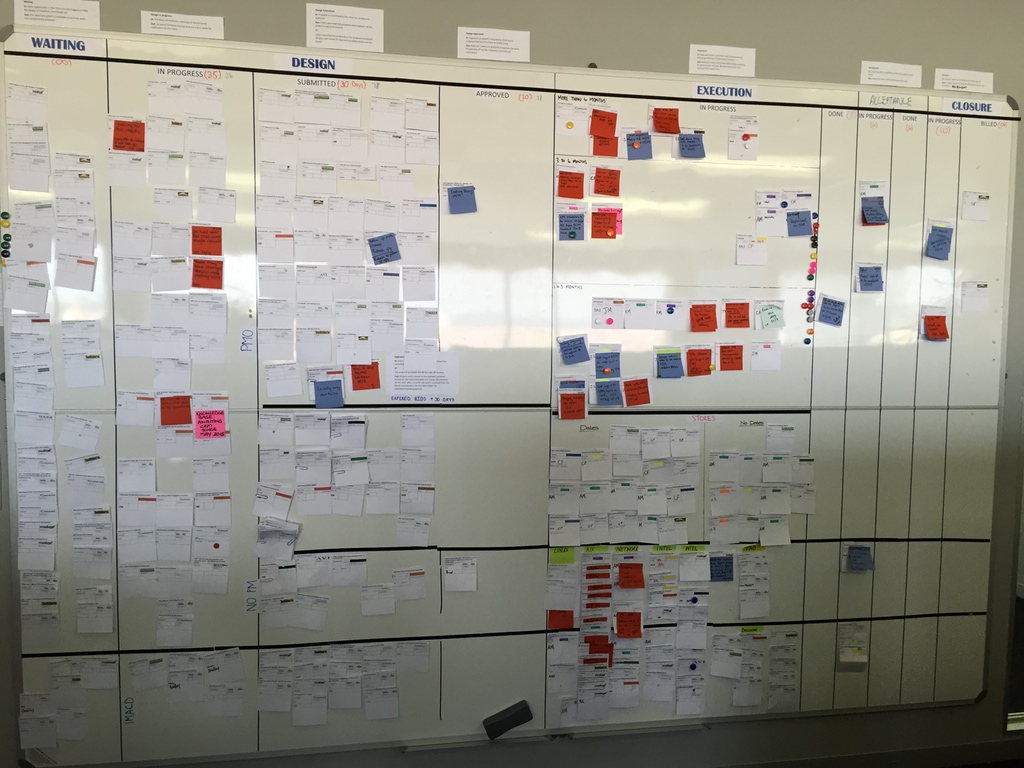


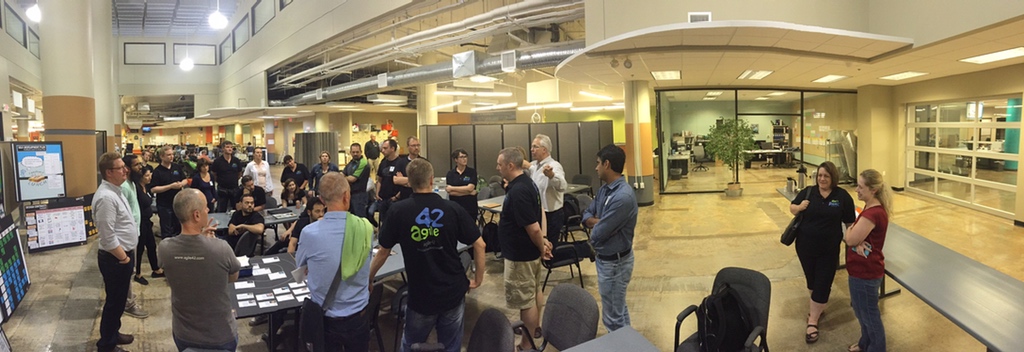



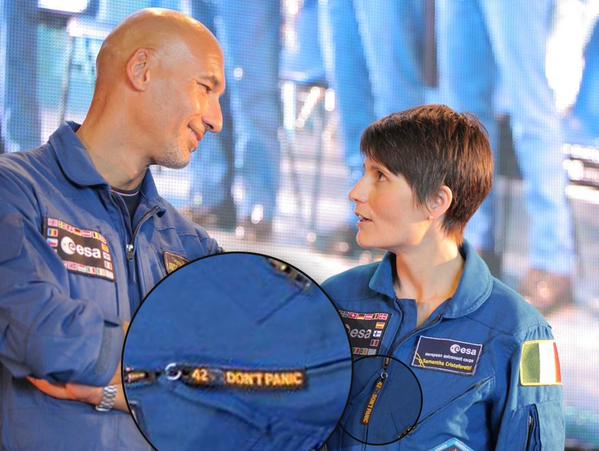
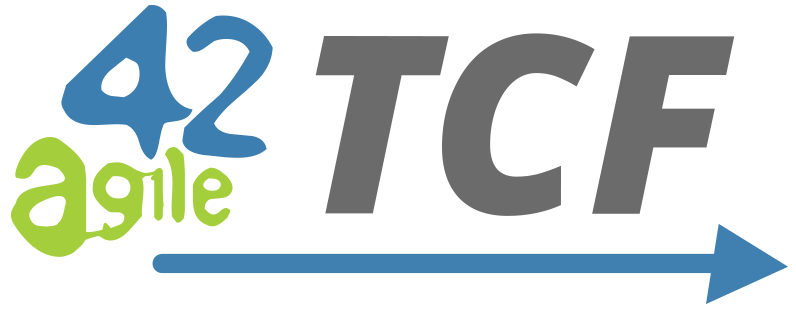 A lot of things are happening at agile42 and we are happy to share with you the latest addition to the set of tools we use to coach and train organizations that start an Agile transition or want to improve their Agile workflows.
A lot of things are happening at agile42 and we are happy to share with you the latest addition to the set of tools we use to coach and train organizations that start an Agile transition or want to improve their Agile workflows.